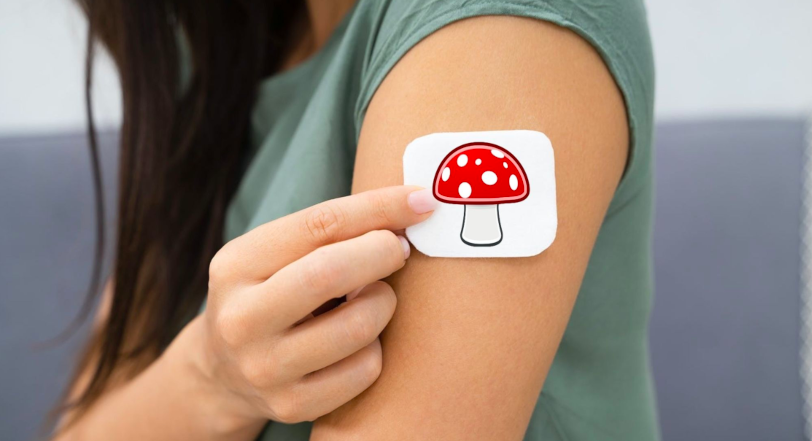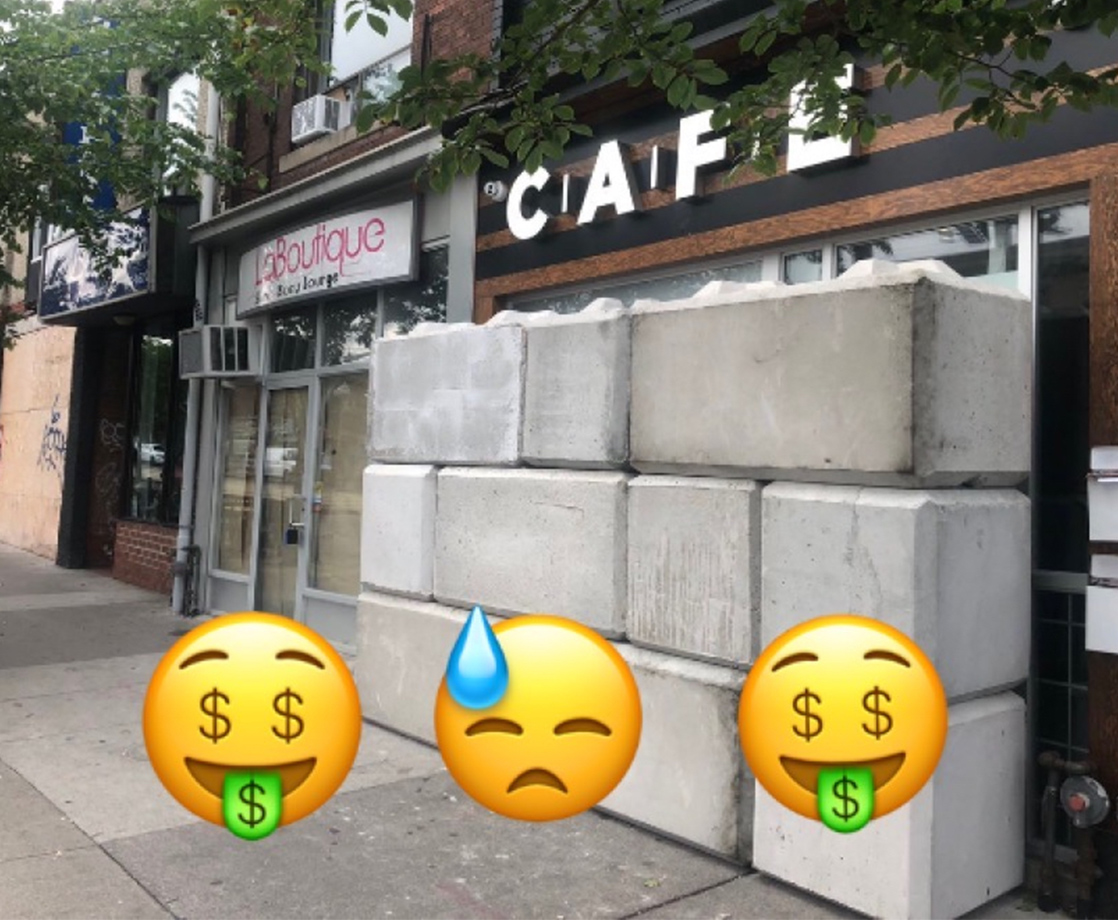Sometime in the near future, you may be able to walk into a clinic and experience a session of legal psilocybin therapy without having to eat a single mushroom.
Ei.Ventures, a Hawaiian psychedelic medicine startup, recently announced that it had contracted California biotech firm Tioga Research to develop a transdermal patch to deliver the psychedelic effects of shrooms directly through the skin. If successful, this new product would allow researchers and therapists to deliver a specific, controlled dose of medicine without any of the side effects associated with munching on dried shrooms.
In a press release, Ei.Ventures CEO David Nikzad, explained that his company plans to develop “products that could potentially help millions of people manage their mental health issues – depression, anxiety, PTSD, etc. with a patch. Additionally, with the increasing legality and popularity of psilocybin mushrooms, transdermal delivery could become a popular method for micro-dosing which helps with mental clarity and mood stabilization as well.”
Psilocybin itself is actually not psychoactive at all, but when eaten, the body’s stomach acids convert this prodrug into psilocin, which is the compound that makes people trip. Eating shrooms can cause digestive discomfort, though, and many people find the taste to be quite unpleasant. Researchers have also learned that around 50 to 60 percent of the average psilocybin dose is lost during the digestive process, which makes it difficult for clinicians to determine exactly how much psilocin actually makes it to the brain.
To avoid these pitfalls, researchers are working to find new ways to bypass the traditional digestion process and deliver psilocin directly to the brain. While Ei.Ventures and Tioga are working on transdermal solutions, other biotech firms are developing sublingual strips that can deliver psilocin orally with 100 percent bioavailability.
“One of the unique challenges with psychedelics is managing the peak experience, where people may experience some adverse effects,” said Ei.Ventures project development specialist Tyler Strause to Forbes. “By utilizing transdermal technology, our hope is that we’re going to be able to essentially flatten the curve, make the acute [peak] a little bit less acute and also allow for a more extended duration of the sort of threshold effects.”
Psilocybin is still illegal in California, Hawaii, and the US at large, but that may change in the very near future. Oregon famously became the first state to legalize psilocybin-assisted therapy last year, and California activists and lawmakers are pushing to legalize shroom therapy by next year at the latest.
The US Food and Drug Administration (FDA) has also granted psilocybin “Breakthrough Therapy” status, allowing researchers to fast-track clinical trials that could eventually lead to federally-legal psilocybin treatments for depression, anxiety, addiction, chronic pain, or other issues.
In the meantime, Denver, Oakland, Ann Arbor, and other cities have decriminalized the possession of shrooms and other natural psychedelics, making it easier for individuals to experience the healing benefits of entheogens without risking jail time. Lawmakers in several other cities and states are also working to legalize or decriminalize natural psychedelics.











